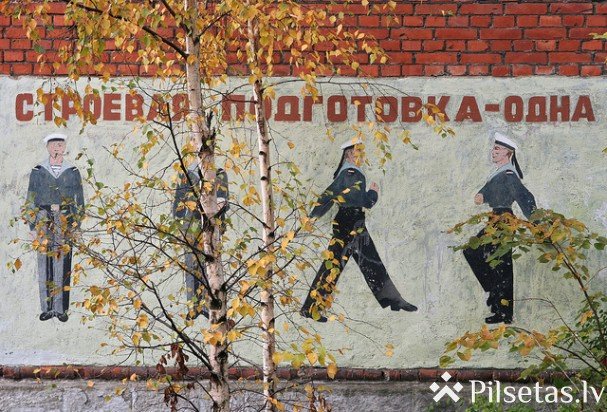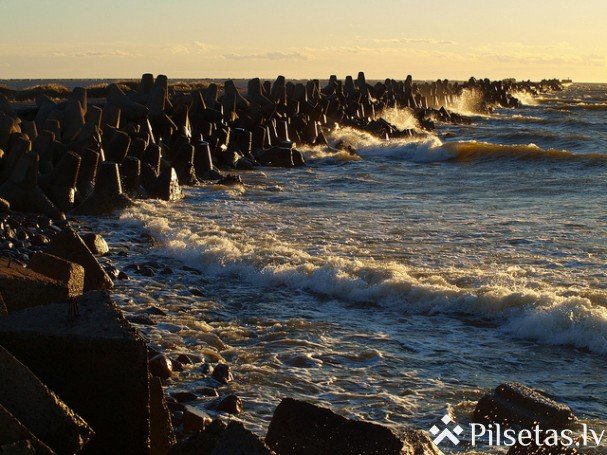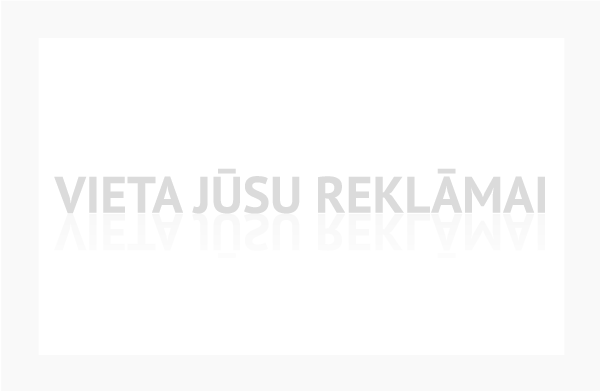Karosta Add an Object
Only during the time of Latvia's independence did this place begin to be called the War Port. Alexander III Port was a completely autonomous inhabited place with its own infrastructure, power station, water supply, churches, and schools. During the Soviet era, Karosta was a closed territory that was not accessible even to the civilian population of Liepaja. Liepaja's Karosta, occupying approximately one-third of the city's total area in its northern part, is a marvelous, paradoxical, and unique place not only in Latvia but also in world history and architecture. The environment here peculiarly reflects the interaction of Russian military elegance and Soviet militarism. Today, Karosta is a special district. It is no longer a military town but is considered a unified tourist attraction that inspires creative individuals. Karosta can be reached from the center of Liepaja by buses No. 1, 3, 4, 7, 8, and minibus No. 22. Buses No. 10, 11, 15, and minibus No. 23 can take you to Oskars Kalpaks Bridge, and by crossing it on foot, you can reach Karosta.
Location on the map
Location:
Address: Karosta












